This post may contain affiliate links which means I will get a commission if you make a purchase at no additional cost to you. As an Amazon Associate I earn from qualifying purchases. Please read my disclosure for details.
When grocery prices sneak up in a small town, it feels personal, like they’re charging city rates but without city perks. Locals feel squeezed when checkout totals climb too high.
Let’s walk through fourteen towns where locals are raising eyebrows at grocery prices, paying more than they expected in places meant for simple living.
Rural New York Town
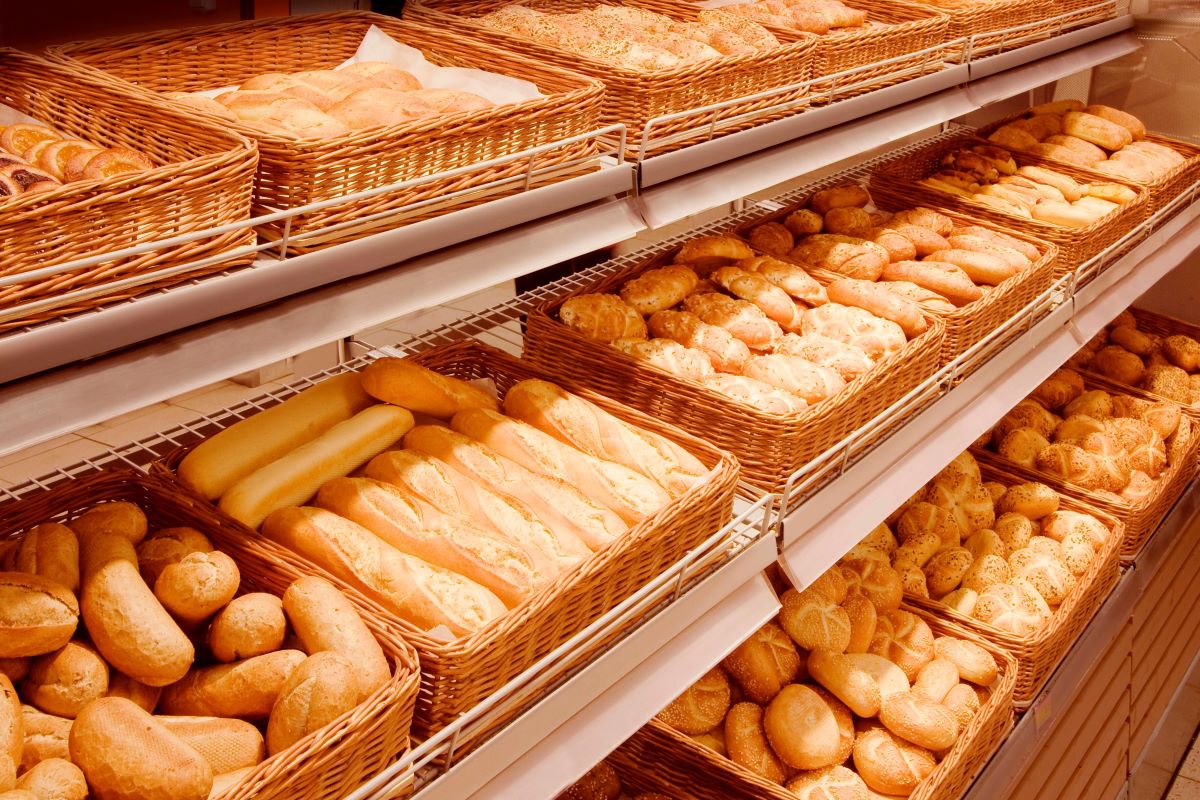
WANT TO SAVE THIS RECIPE?
In a small town in upstate New York, everyday groceries like milk, bread, and eggs can cost up to 30% more. With no major supermarket in sight, smaller local stores are forced to absorb steep supplier prices, and those costs get passed straight to the checkout line. Residents are left paying premium rates for pantry basics.
Midwest Village
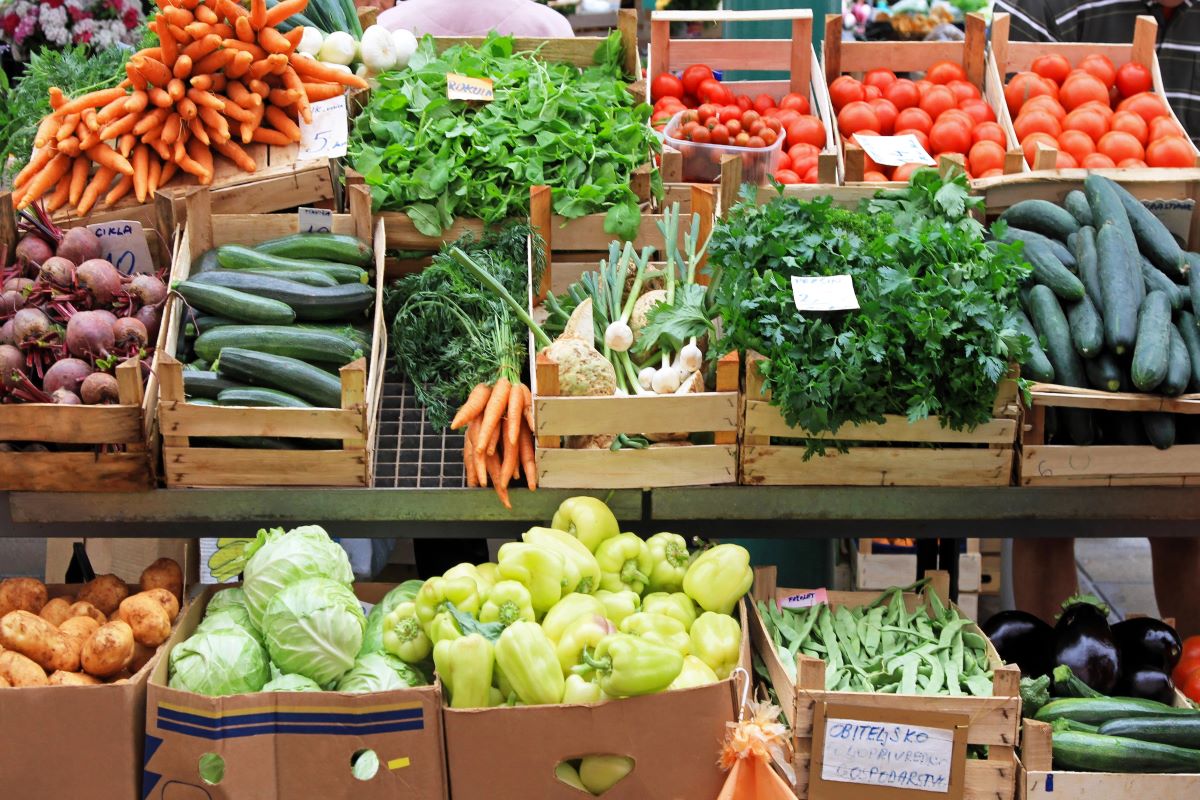
In Midwestern towns with minimal competition, simple groceries like eggs, fresh bread, and vegetables carry city level prices. Residents explain that buying fewer items often costs more per pound, shrinking every dollar at checkout.
Appalachian Rural Town

Deep in Appalachia, one store towns charge much higher prices for pantry staples, like oats, canned beans, and dairy. Locals often travel miles before giving in. Without bigger markets nearby, they feel the squeeze month after month.
Northern Plains Community
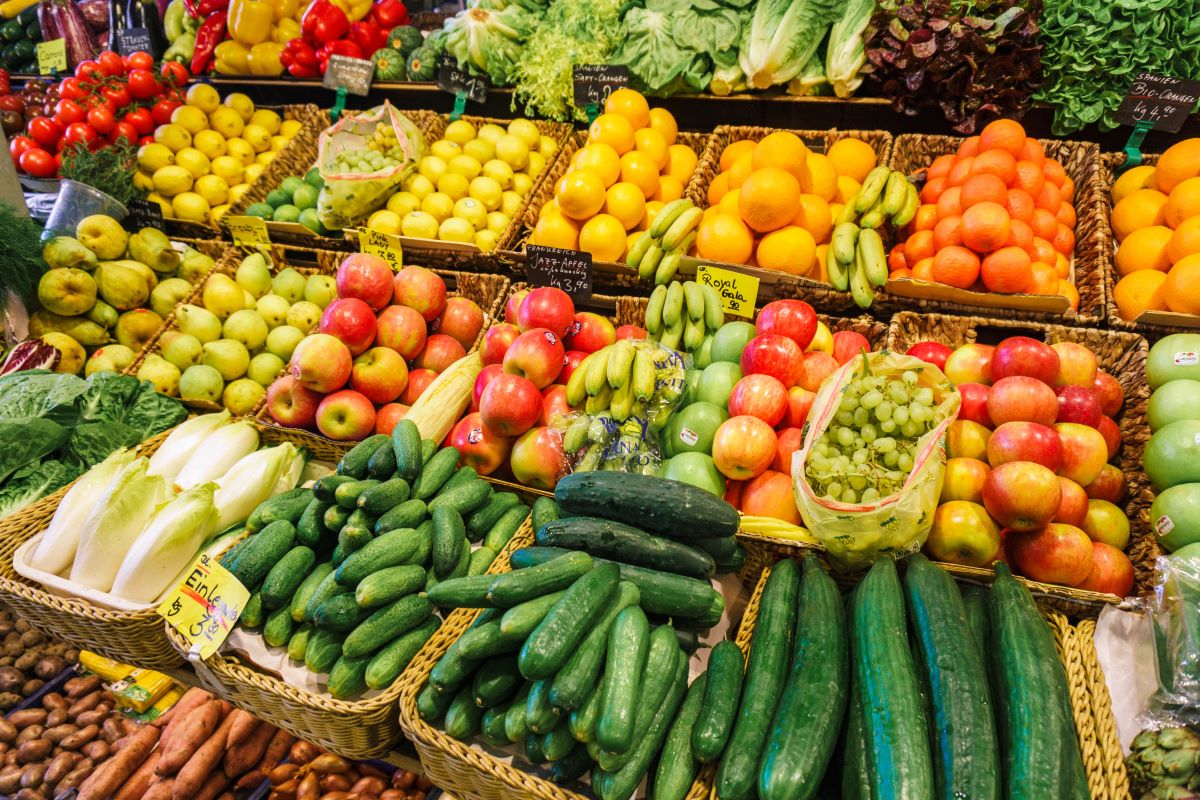
In rural Plains towns, even basic produce and frozen meat cost as much as in cities hundreds of miles away. With limited logistics and little competition, families accept higher grocery bills as the norm.
Southern County Seat
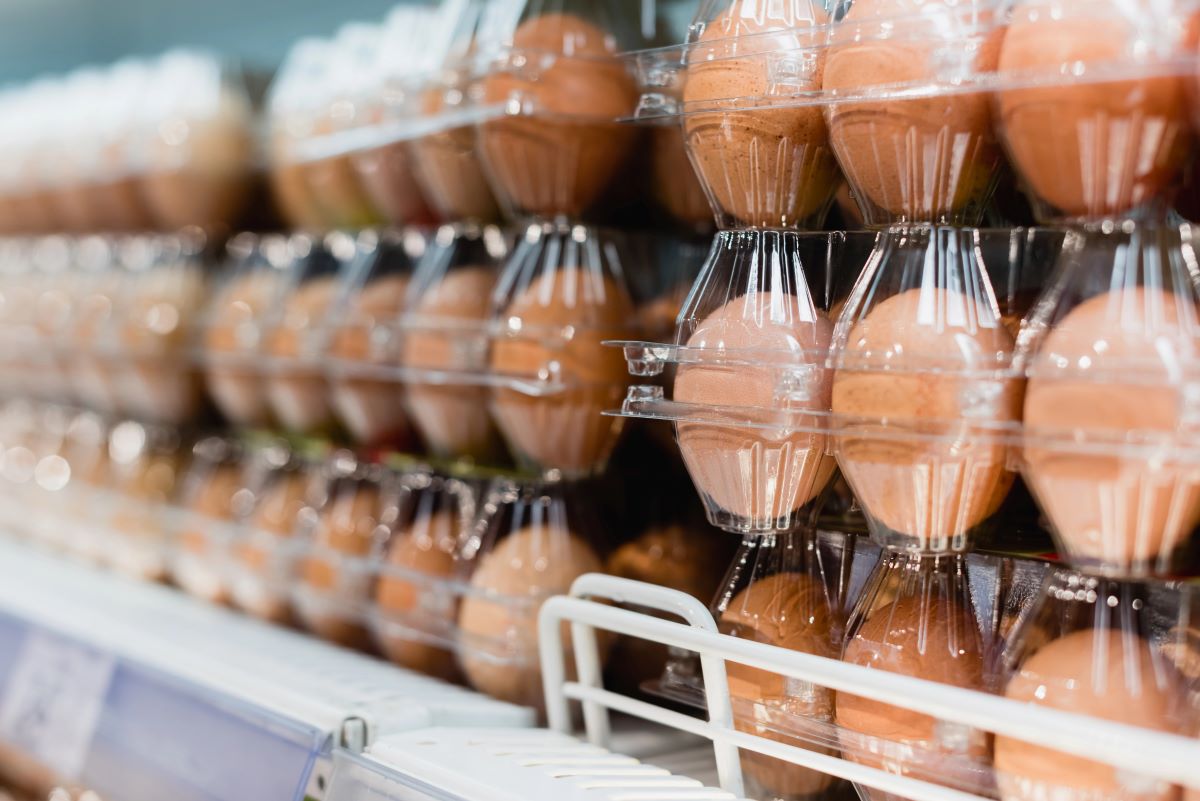
Small towns in the South show rice, flour, eggs, and cooking oil priced 25 to 30 percent higher than in suburban stores. Locals say the store margin is justified by a few supply options, but it still stings.
Isolated Northern Town

Up north, grocery runs in isolated towns mean paying more for fresh produce, dairy, and limited frozen goods. Residents often stock up on essentials and try to minimize trips to avoid inflated prices.
Related Post: The One Snack That Survived Five Generations In These States
Mountain Community
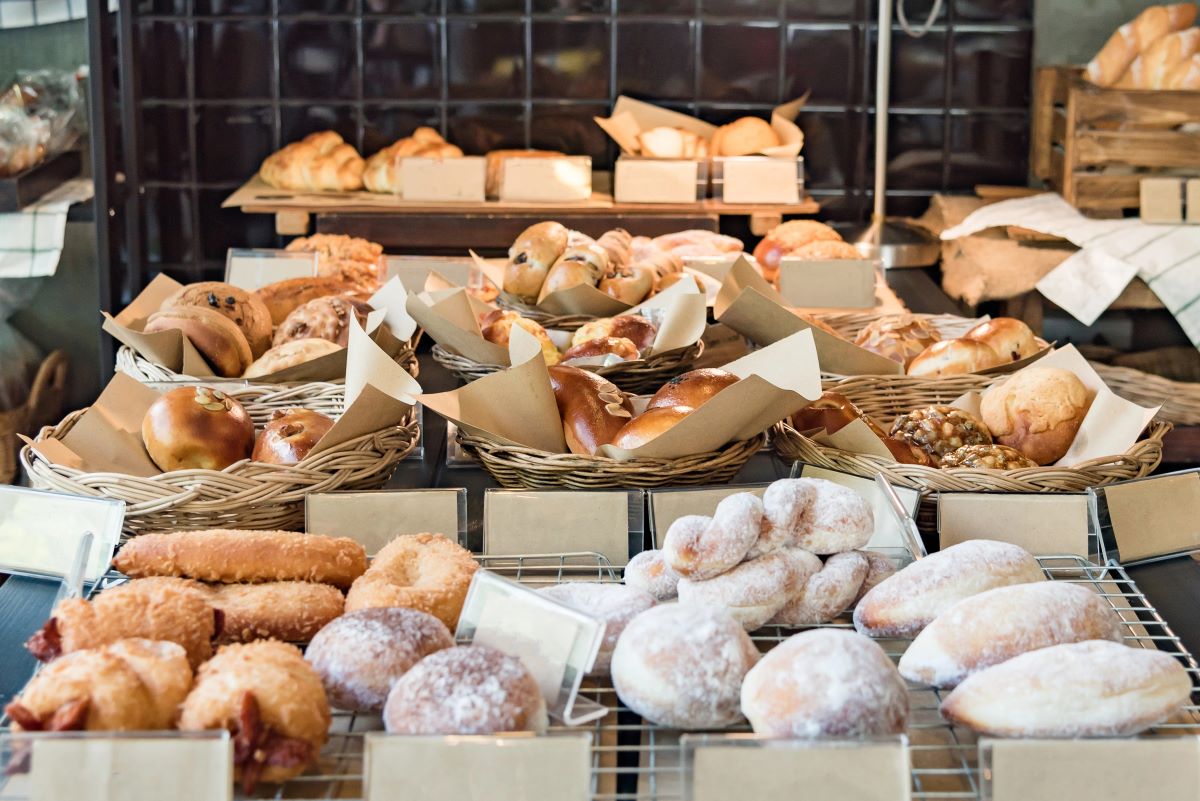
In mountainous small towns, yogurt, cheese, canned tuna, and pastries carry a premium, sometimes 20–30 percent above urban costs. Geography and minimal grocery choice leave shoppers resigned to higher tickets.
Related Post: XXXX
Farming Town in Midwest

Midwestern farm towns with only one small grocer have flour, eggs, milk, and fresh veggies priced near big city levels. With low sales and no buying power, that store passes the cost onto its few customers.
Related Post: This Forgotten Cheese Making Town In Vermont Is Having A Delicious Comeback
Rural Coastal Town

In tiny coastal towns, bread, dairy, canned fish, and basics cost considerably more due to supply limitations. Locals see shipping and stocking costs reflected in every purchase. It’s daily life priced like a vacation town.
Related Post: These Small States Have The Most French Restaurants Per Capita
Mid South Rural Town
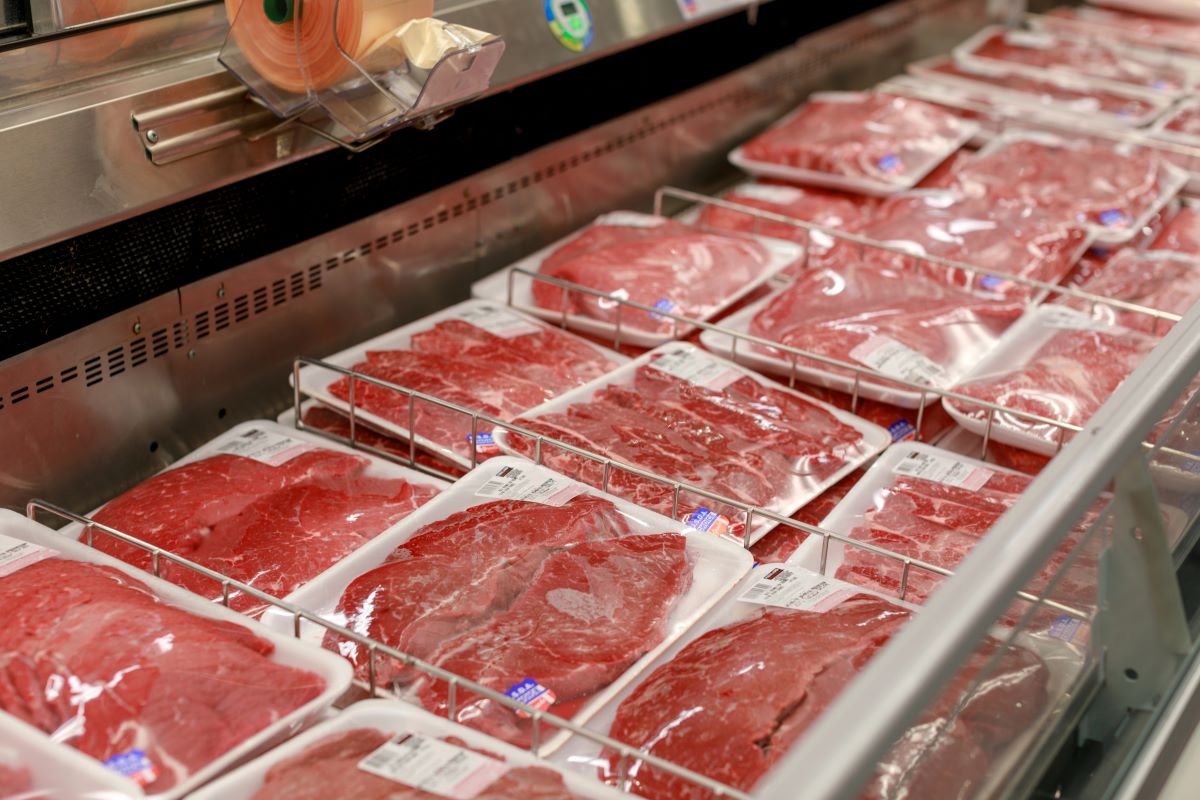
In parts of the South, families pay up to 30 percent more for meat, beans, and pantry staples compared to neighboring suburban stores. These price gaps build resentment and stretch already thin budgets.
Related Post: The Most Expensive Cheese In America Is Not In New York
Rural Ontario Town
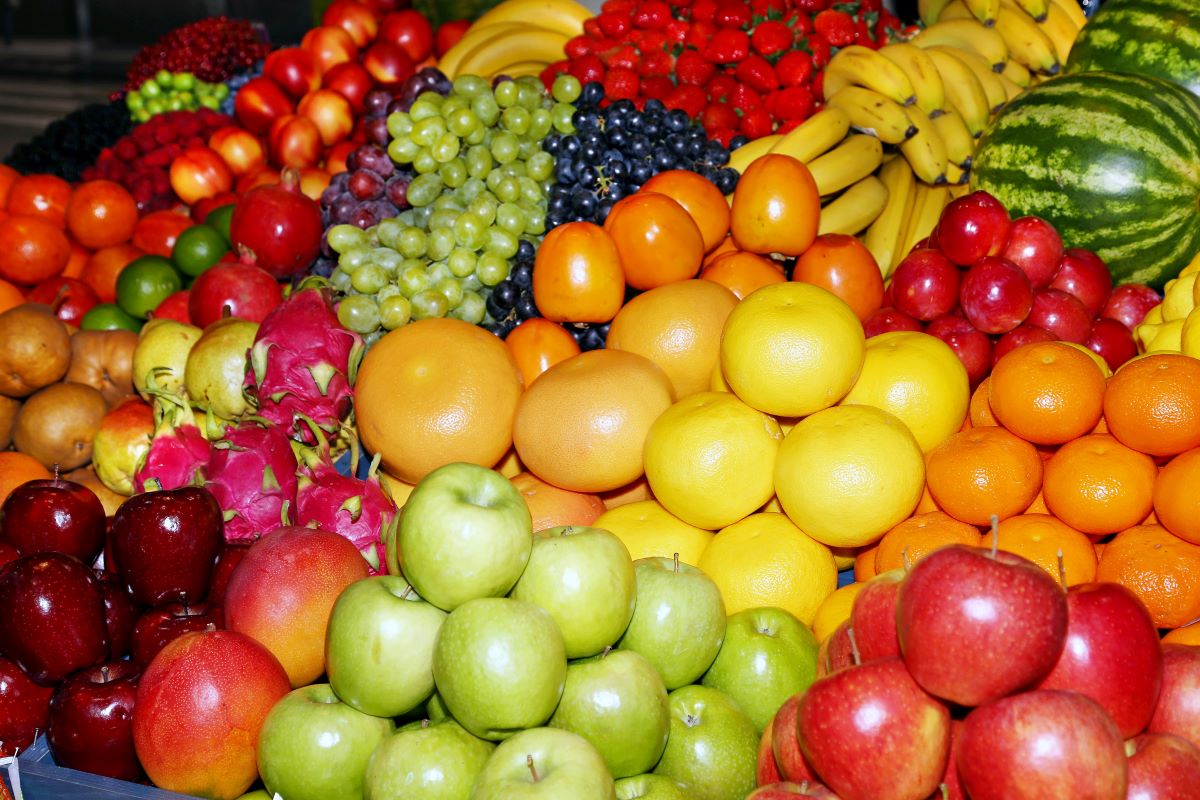
Even in Canada, small rural towns face similar issues. Cereal, eggs, and fruit cost city like prices because only one retailer serves the area. Locals often commute just to find better grocery value.
Related Post: What Kids Ate For Lunch In The 1950s Will Surprise You
Sign up now to receive our exclusive e-cookbook filled with top-rated recipes for FREE!
Mountain State Remote Town
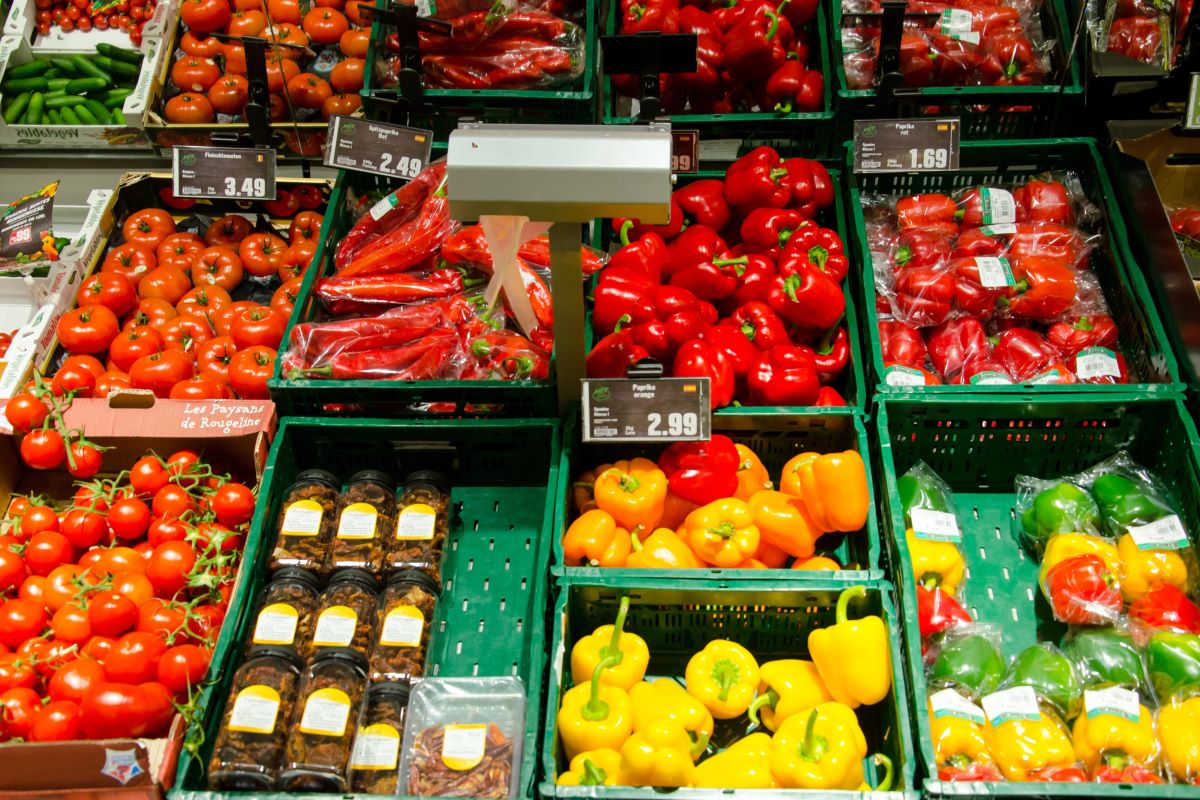
In remote mountain state areas, rising costs on everyday items like produce, eggs, bread, and pantry staples feel oppressive, especially when bigger towns are far away. The only choice often is to pay up.
Related Post: 10 Items You Could Find On Grocery Flyers From The 80s
Rural Food Desert County

In counties labeled as rural food deserts, grocery staples like milk, bread, and eggs can cost up to 30% more. With no large supermarkets to offset supplier prices, small stores are forced to charge higher rates, leaving residents paying premium prices just to put fresh food on the table.
Related Post: These Florists Reveal How Grocery Prices Have Changed In 40 Years
Remote Island Outpost

Small island towns report city level pricing on basics like coffee, bread, and milk. With shipping delays and minimal turnover, even weekly essentials feel inflated. Locals save by shopping once the full stock arrives.
Related Post: 7 Things That Happen When You Shop At A 1950s Market In 2025
When small town grocery stores charge big city prices, it’s more than numbers; it’s emotion. Access, geography, and low competition shape that pain. These communities show why affordable, local options matter deeply. Groceries become more than food; they reflect community and equity.
Disclaimer: This list is solely the author’s opinion based on research and publicly available information.
10 Grocery Stores In America That Gen Z Is Quietly Cancelling

Gen Z isn’t just reshaping shopping habits, they’re redefining the values behind every purchase. With a keen eye on sustainability, ethical practices, and authentic brand messaging, this generation is steering clear of grocery stores that don’t align with their principles.
Read it here: 10 Grocery Stores In America That Gen Z Is Quietly Cancelling
How to Save $100+ Every Month at the Grocery Store

From planning your meals to avoiding sneaky upcharges in the snack aisle, here’s a realistic guide to trimming your food budget without adding stress to your week.
Read it here: Things Moms Waste Money On (and Don’t Even Know It)
Is Walmart+ Still Worth It in 2025? The Truth After 3 Years

Is the new Walmart Plus worth the annual fee or is it just another failed version of Amazon Prime? I spent my own money trying this service out for 12 months and counting. I have a lot to say about the benefits and drawbacks in this Walmart+ honest review.
Read it here: Is Walmart+ Worth It? Honest Review 3 Years Later!
You’ll love these related posts:
- 10 Farmers Markets That Will Make You Ditch Processed Food for Good
- 10 Restaurants In Texas You’ll Regret Not Visiting Before They Go Viral
- 12 Bodegas In New York With Food So Good People Travel Across Boroughs
- 10 Food Habits I Had To Unlearn To Enjoy Eating Again
- 12 Things No One Tells You About Feeding A Family With Food Allergies
